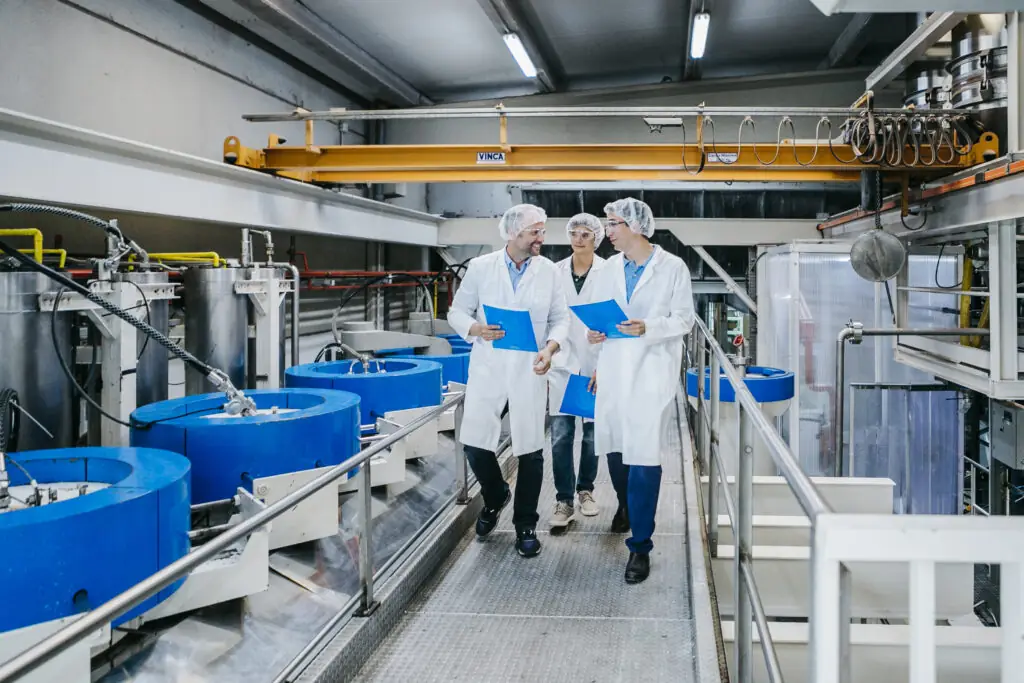The growing demand for more sustainable and efficient solutions in the pharmaceutical industry has driven the adoption of clean technologies for the production of active ingredients. One of the most advanced and versatile methods is supercritical fluid extraction (SFE), especially using carbon dioxide (CO₂). This technique enables the recovery of API pharmaceuticals with high purity, minimizing the use of organic solvents and preserving the integrity of even the most sensitive molecules.
The Role of Supercritical Fluids in API Pharmaceutical Production
Supercritical fluids, particularly supercritical carbon dioxide (SC CO₂), represent a clean, innovative, and scalable technology for extracting API pharmaceuticals. Their advantages include:
- In its supercritical state, CO₂ combines the diffusivity of a gas with the solvating power of a liquid, and its solubility can be finely tuned by adjusting pressure and temperature.
- CO₂ is a non-toxic, non-flammable, and fully recyclable solvent, eliminating the need for organic solvents and the generation of harmful waste.
- It operates at moderate temperatures and without oxygen, which helps preserve heat-sensitive compounds such as vitamins, antioxidants, and other bioactive substances.
- It enables highly selective extraction—ideal for isolating specific active ingredients or fractionating compounds based on their chemical profile.
- It allows for microbial inactivation without extreme heat, useful for raw materials requiring pathogen control.
At AINIA’s ALTEX platform, this method is applied from pilot to industrial scale (20 L–1,000 L), under ECO and GMP certifications.
A Key Technology for a Cleaner and More Competitive Pharmaceutical Industry
Supercritical fluid extraction has emerged as a key enabling technology for producing API pharmaceuticals. Its ability to combine efficiency, safety, and environmental sustainability positions it as a viable alternative to traditional solvent-based methods—especially in a context where purity, regulatory compliance, and environmental responsibility are essential.
Moreover, its versatility extends its applicability to industries such as food, cosmetics, and biomedicine, reaffirming its value as a cross-cutting tool for industrial innovation. Integrated into real-world manufacturing processes, it supports the transition toward a cleaner, more competitive, and future-ready industry.
Broader Applications of Supercritical Fluid Extraction
Beyond the pharmaceutical sector, supercritical fluids are becoming a versatile tool across various industries. Key applications include:
Valorisation of Agricultural By-products
Supercritical CO₂ or subcritical water extraction enables the recovery of valuable compounds from agricultural residues—such as onion peels, rice bran, nut shells, or spent coffee grounds—yielding flavonoids, sugars, and other bioactive substances with high functional value.
Functional Ingredients for Food and Cosmetics
In addition to API pharmaceuticals, SFE is used to obtain pure natural extracts for the food and cosmetics sectors. These include essential oils, antioxidants, pigments, and other active ingredients for functional formulations.
Micro- and Nanoparticle Engineering
Advanced technologies like SAS (Supercritical Anti-Solvent) and DELOS use supercritical CO₂ to produce micro/nanoparticles, aerogels, and controlled delivery systems. These are used in inhalable therapies, oral formulations, and precision API pharmaceutical delivery.
Biomedical Materials and Aerogels
Supercritical CO₂ drying is used to produce porous, biocompatible aerogels made from starch, chitosan, or cellulose. These materials are ideal for biomedical applications such as tissue regeneration scaffolds, drug delivery systems, and wound dressings.
Green Chemistry and Circular Economy
Supercritical fluid processes also contribute to circular economy models. For example, they allow the extraction of high-value compounds from construction waste for the production of insulating aerogels, reducing costs and carbon footprint by up to 40%.





